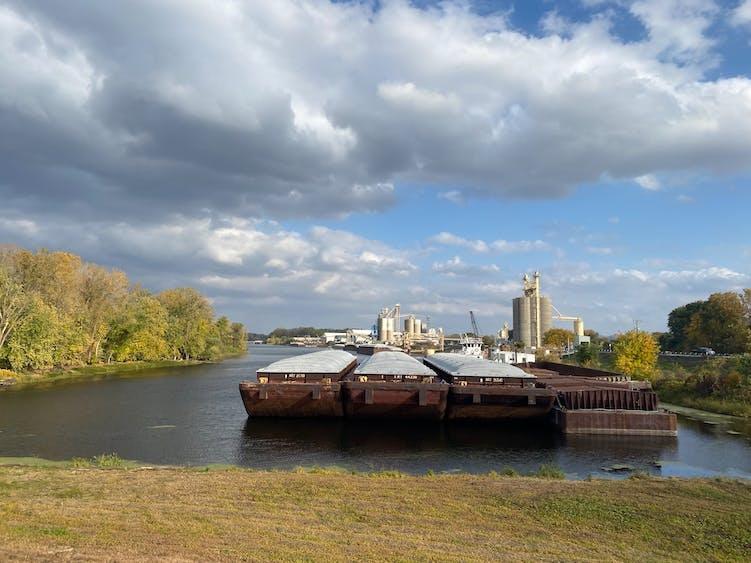The state's most important exports of corn and soybean have been harvested and loaded onto barges on the Mississippi River but are now waiting for higher water levels before they can be moved down river. The drought on the Mississippi River and its tributaries is causing barges to linger in ports like the Port of Greenville, where director Tommy Hart says he has over 150 barges in the port waiting to ship out.
“Many barges are loaded to regular depths. Or were before the water got to low. And now they’re caught in the harbor and cannot be shipped until the river elevations are improved,” Hart says.
The drought is also affecting the prices that farmers are getting for their corn and soybean harvests, especially if they don’t have anywhere to store them. This hold up in shipping is hitting at the worst possible time for these commodities, says Mississippi State assistant professor for Agricultural Economics Will Maples. He says its hurting farmers economically in Mississippi.
“For this issue to hit right during the harvest, especially for some of the farmers who don’t have storage or anything else to do with their grains except take them to the elevator, they ended up getting lower prices than they would have, if the river levels would’ve stayed high and they would have been able to move grain efficiently,” Maples explains.
Forecasters are saying it will be the end of October or possibly the first week of November before enough rainfall will raise the river stages to safely navigable levels.




